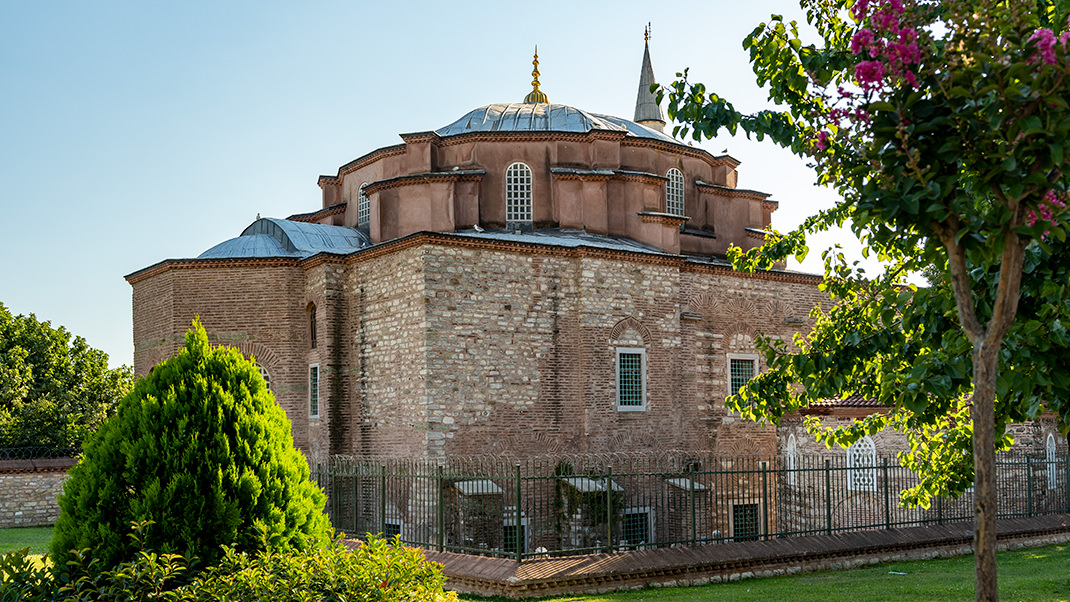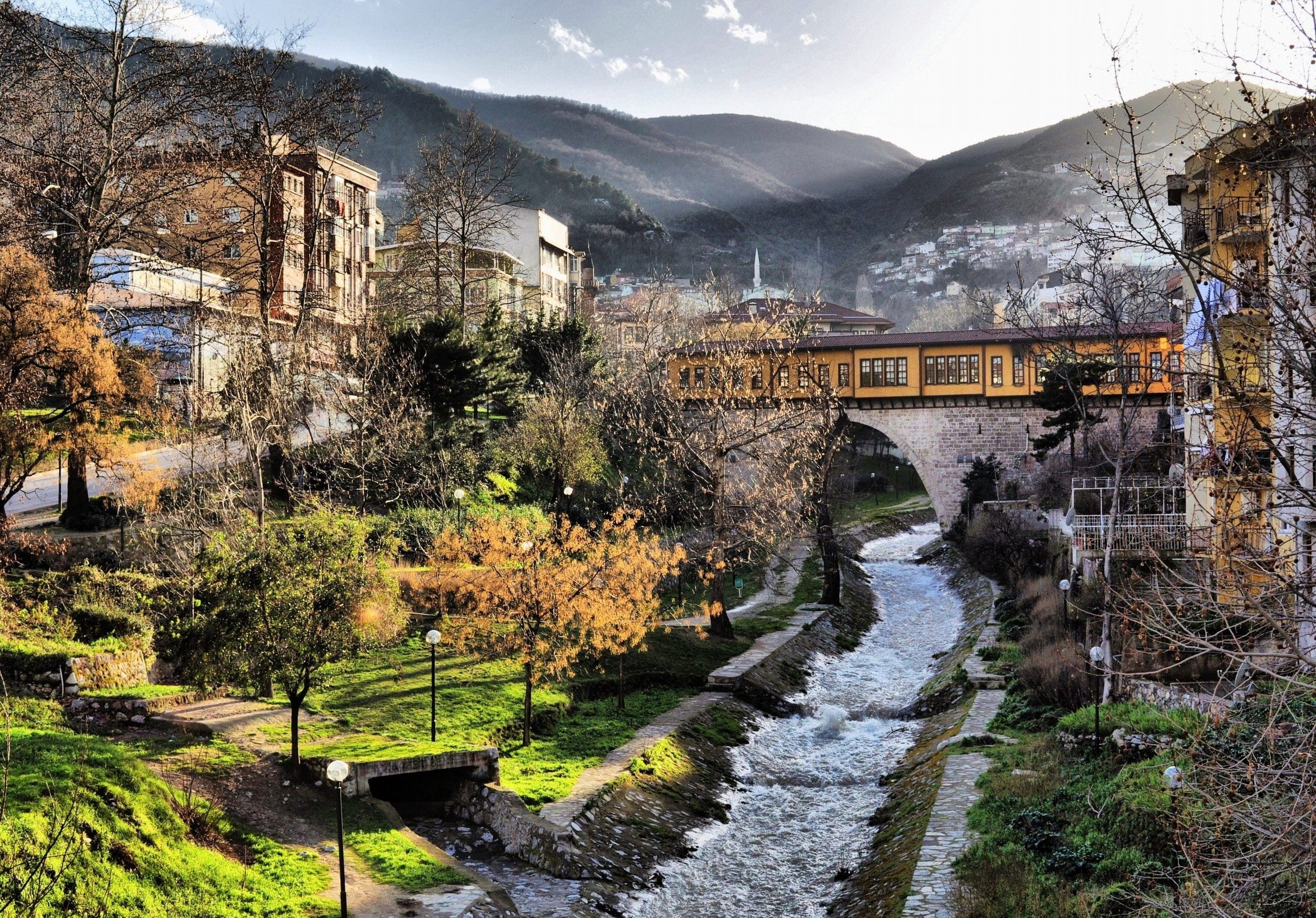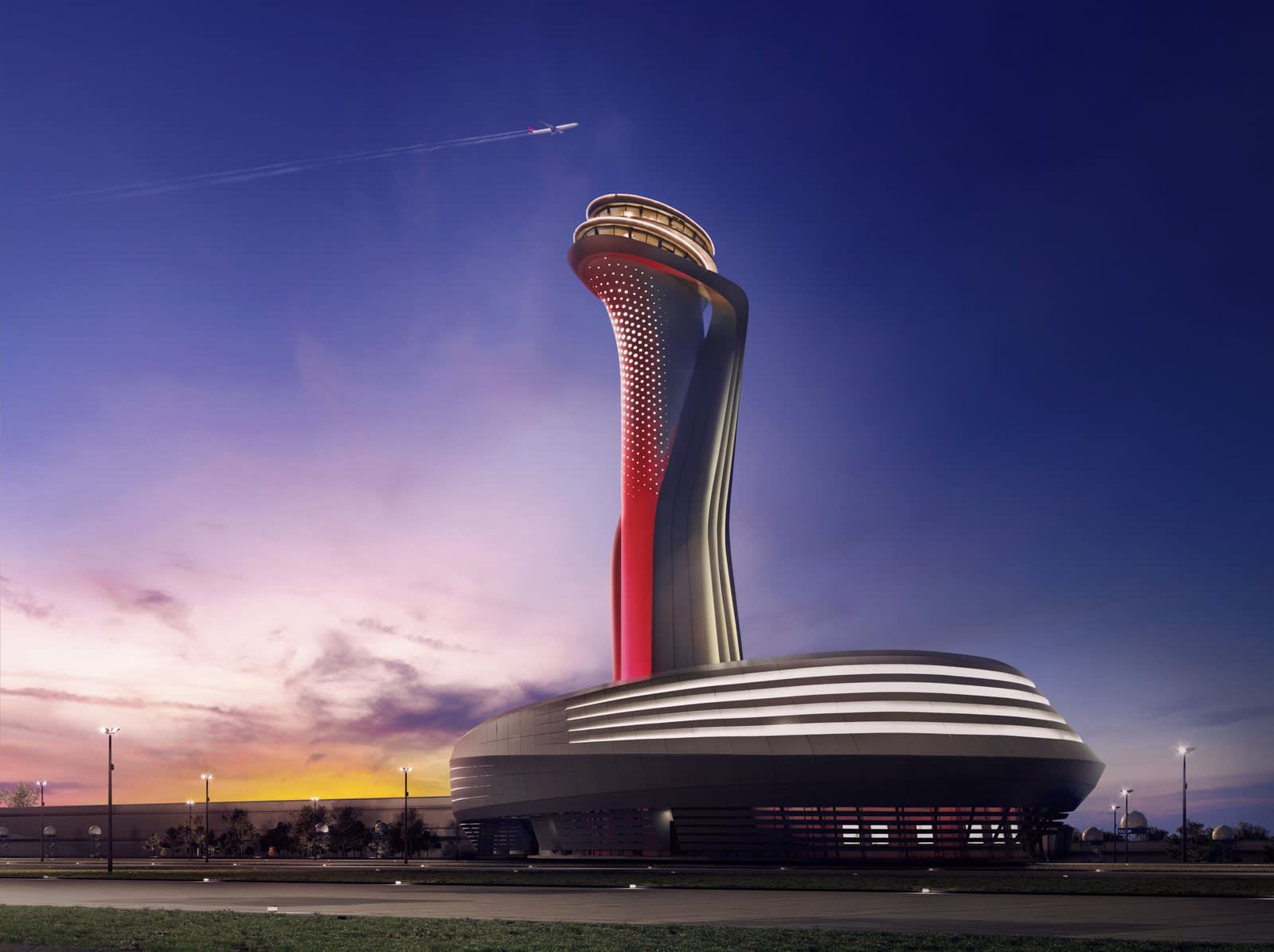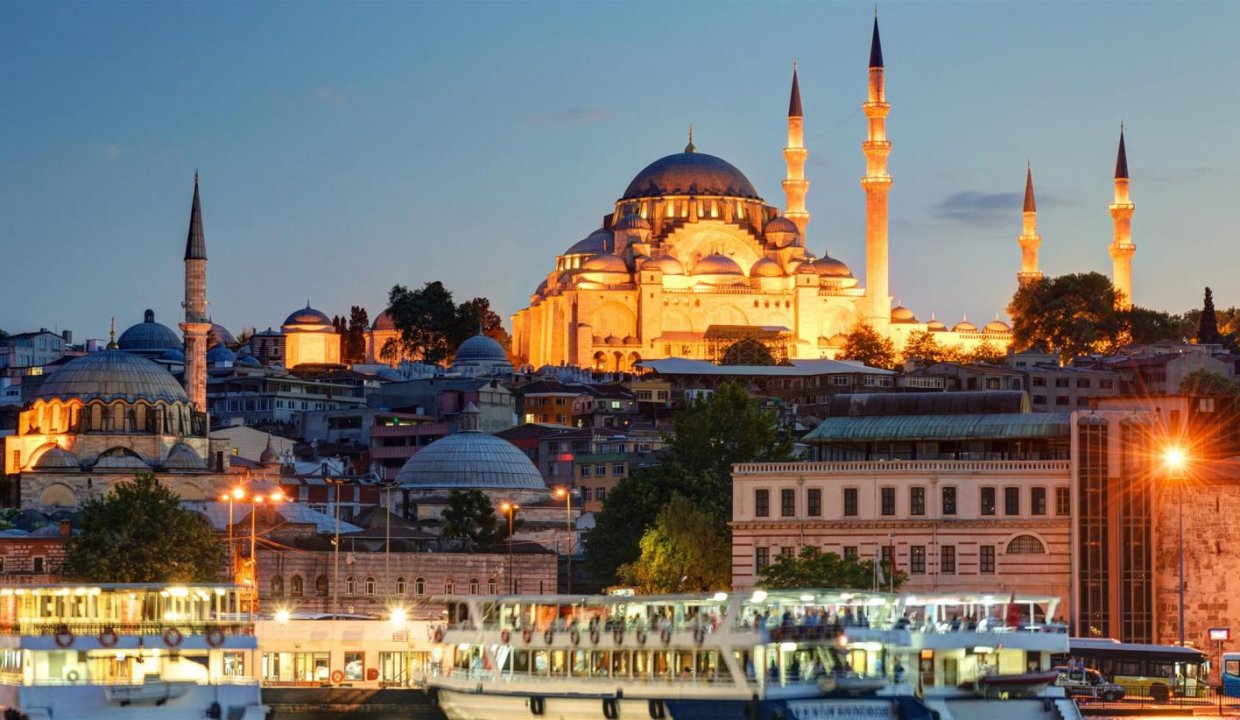Little Hagia Sophia Mosque , built between 532 and 536, and converted into a mosque during the Ottoman Empire.
This Byzantine building with a central dome plan was erected in the sixth century by Justinian; despite its Turkish name, it likely was not a model for Hagia Sophia (“Holy Wisdom”), with which its construction was contemporary, but it is nonetheless one of the most important early Byzantine buildings in Istanbul.It was recognized at the time by Procopius as an adornment to the entire city,and a modern historian of the East Roman Empire has written that the church “by the originality of its architecture and the sumptuousness of its carved decoration, ranks in Constantinople second only to St Sophia itself.
The building stands in Istanbul, in the district of Fatih and in the neighbourhood of Kumkapı, at a short distance from the Marmara Sea, near the ruins of the Great Palace and to the south of the Hippodrome. It is now separated from the sea by the Sirkeci-Halkalı suburban railway line and the coastal road, Kennedy Avenue.
After the Ottomanconquest of Constantinople in 1453, the church remained untouched until the reign of Bayezid II. Then (between 1506 and 1513) it was transformed into a mosque by Hüseyin Ağa, the Chief Black Eunuch, custodian of the Bab-ı-Saadet (literally The Gate of Felicity in Ottoman Turkish) in the Sultan’s residence, the Topkapı Palace. At that time the portico and madrasah were added to the church.
In 1740 the Grand Vizier Hacı Ahmet Paşa restored the mosque and built the Şadırvan (fountain). Damage caused by the earthquakes of 1648 and 1763 was repaired in 1831 under the reign of Sultan Mahmud II. In 1762 the minaret was first built. It was demolished in 1940 and built again in 1956.
The pace of decay of the building, which already suffered because of humidity and earthquakes through the centuries, accelerated after the construction of the railway. Parts of SS. Peter and Paul to the south of the building were demolished to accommodate the rail line. Other damage was caused by the building’s use as housing for the refugees during the Balkan Wars.
Due to the increasing threats to the building’s static integrity, it was added some years ago to the UNESCO watch list of endangered monuments. The World Monuments Fund added it to its Watch List of the 100 Most Endangered Sites in 2002, 2004, and 2006. After an extensive restoration which lasted several years and ended in September 2006, it has been opened again to the public and for worship.




